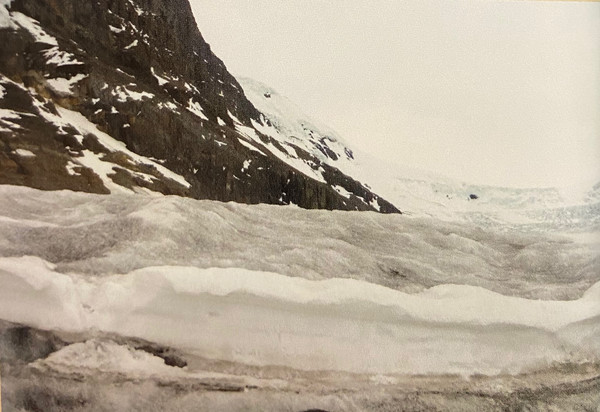Photologue @theuostimes7
According to the National Aeronautics and Space Administration (NASA) and the National Ice and Snow Data Center (NSIDC), the ice area covering the Arctic Ocean has become the second smallest in 40 years since its 1979 observation. The minimum area of Arctic sea ice measured by satellite images on the 15th is 3.74 million square kilometers, almost the same as the record low of 3.41 million square kilometers in 2012.
Arctic sea ice changes in size with the seasons and becomes the smallest in summer. In August 2012, a typhoon hit the surface of the snow melting surface, reducing the snow melting area, while this year, temperatures in the Arctic region were 8 to 10 degrees Celsius higher than usual due to global warming in Siberia. Last year, the minimum area of snow melted was 4.15 million square kilometers, the second-largest ever, but this year, the ranking dropped.
The melting of snow in the North Pole has been decreasing by one to three percent every 10 years over the past 40 years. The climate forecasting program (computer model) predicts that the snow melting area in summer will decrease to less than one million square kilometers by the end of this century.

https://www.instagram.com/p/CGTmXrtDpan/

